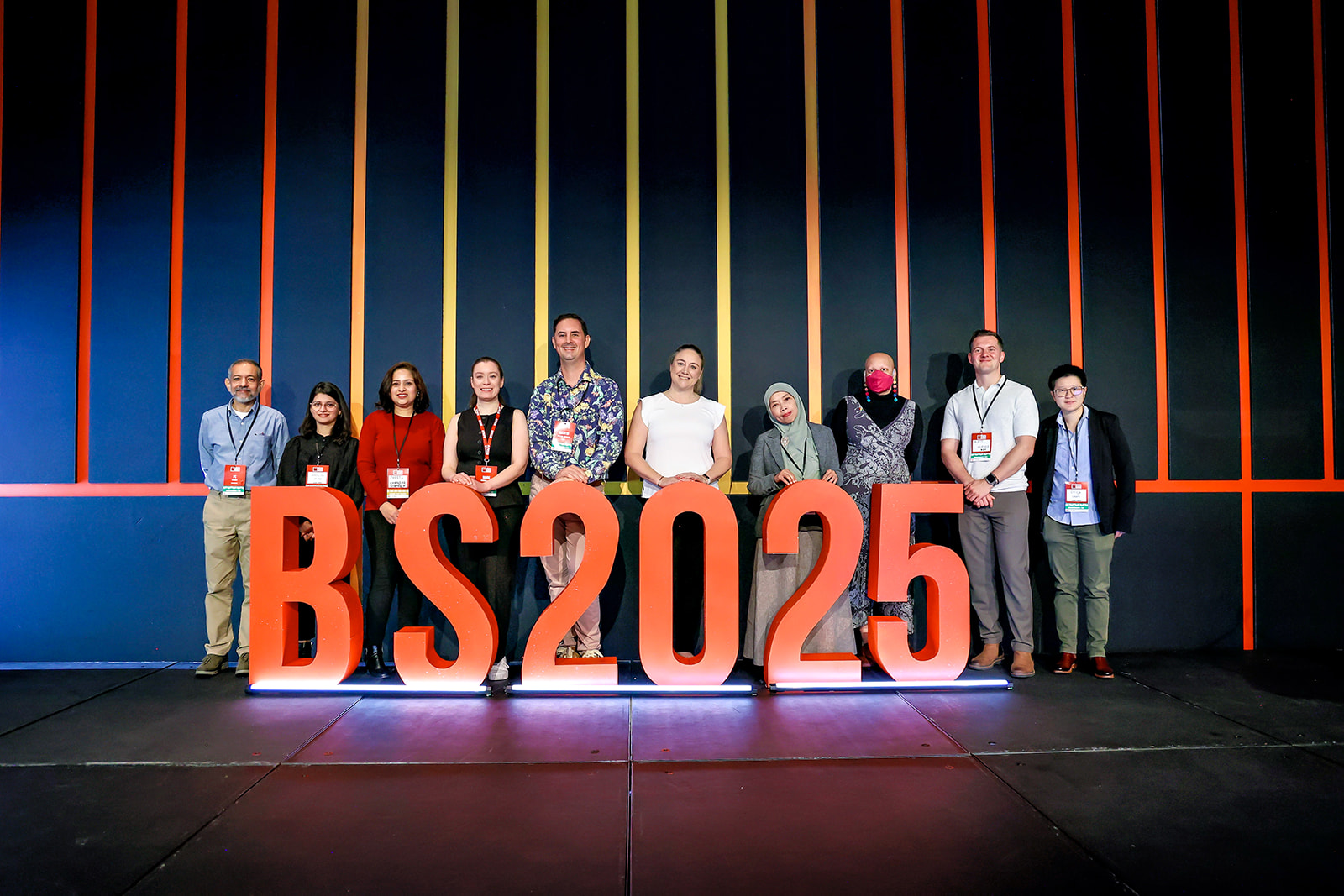
Reflections from Building Simulation 2025
Atelier Ten supported this year’s Building Simulation conference in Brisbane, with Associate Director Priya Gandhi helping to curate the program. The theme, Carbon and Climate Responsive, set a practical tone by bringing researchers and practitioners together to focus on decisions in planning, delivery and operations.
Bridging research and industry
Sessions consistently showed that methods gain traction when research briefs are written with input from the people who will use the results. Agreeing data needs, formats and acceptance criteria at the start makes outputs easier to reuse across design, compliance and operations.
In a market where policy and finance look for measured outcomes, trust rests on transparent methods, shared datasets and clear communication, not just a sophisticated mathematical model. When researchers and delivery teams agree the question, share the dataset and publish the method, results are more readily adopted into board papers, design rooms and day to day operations.
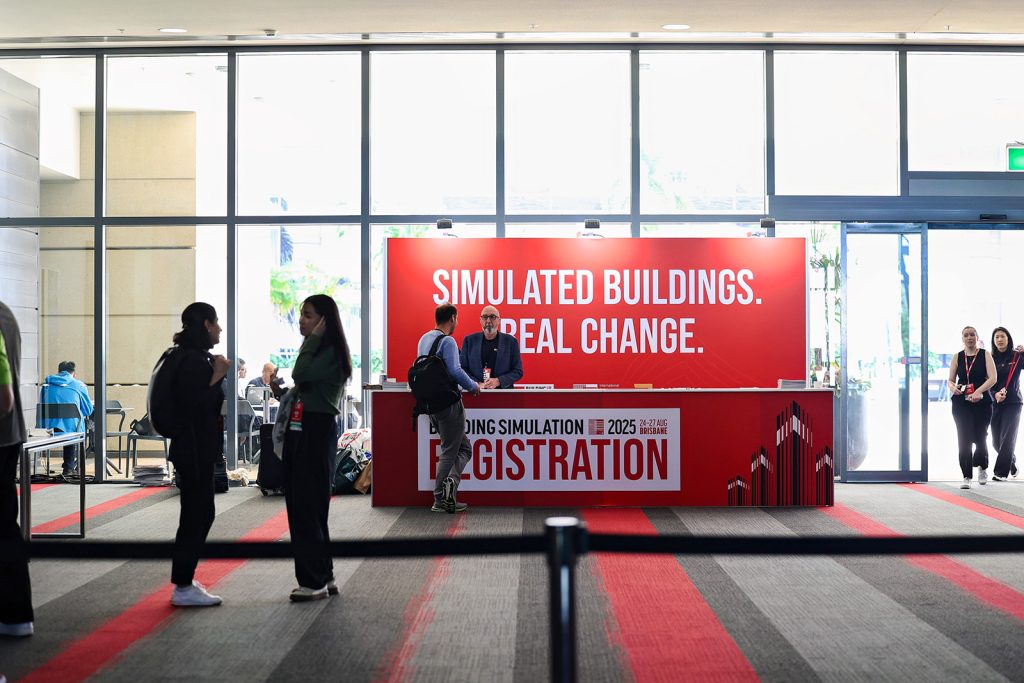
Twenty five years of NABERS
A highlight for the Atelier Ten team were the wide-ranging discussions around NABERS, its evolution and sustained influence. Priya Gandhi chaired a panel featuring Jen Elias (Atelier Ten) and experts with experience across the United Kingdom, New Zealand and the United States. The discussion explored how operational ratings support decisions for owners, funders and operators. It also looked at how governance and regular updates help keep the system credible and which elements can transfer across markets. NABERS now operates in Australia and the United Kingdom and interest from other regions is growing. Many policy and industry groups are shifting from design only certifications to ratings based on performance in use. Strong data collection and simple data management are now essential to audit outcomes and support certification.
For large asset owners and government agencies exploring NABERS across a portfolio, it helps to begin with a clear baseline and a line of sight from design to commissioning, metering and day to day management. The rating works best when it sits inside an ongoing feedback loop that guides upgrades and confirms what is working, rather than as a one-off label.
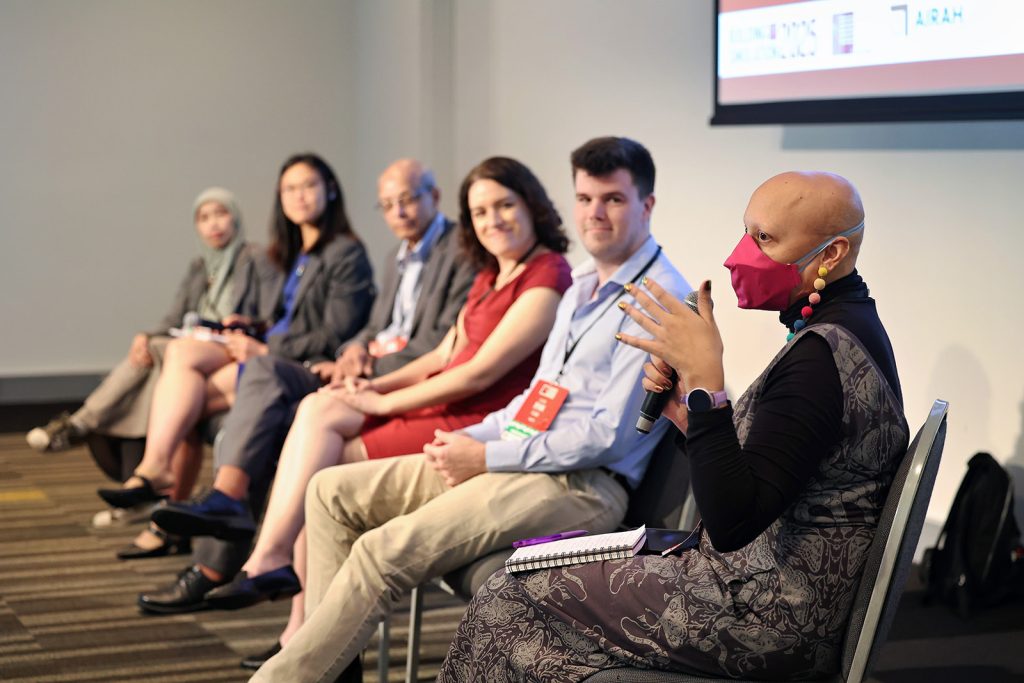
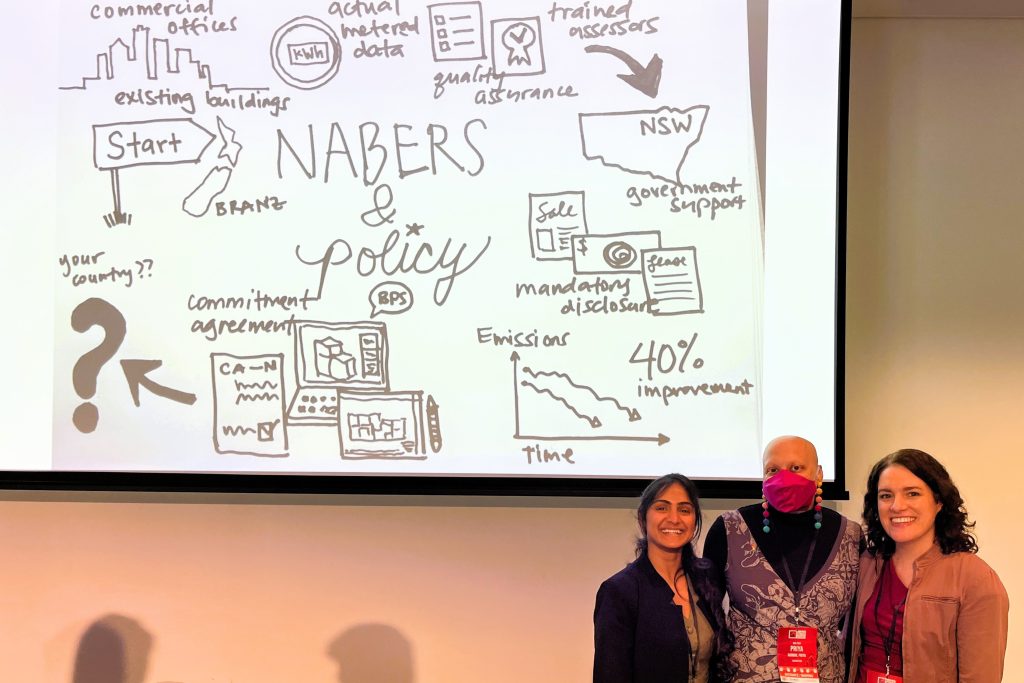
Indoor Environmental Quality (IEQ)
Comfort is a distinct and increasingly important variable in performance measurement. Air quality, thermal comfort, lighting, and acoustics are critical factors which can not only impact building performance but also occupant comfort and productivity. Whether analysing a classroom or an office, measuring IEQ can close the loop between design intent and lived experience. It provides operators and asset owners with data to fine tune buildings over time.
In offices, studies report gains in productivity and wellbeing when spaces have good daylight, fresh air and low pollutants. In schools and public buildings there is renewed focus on ventilation. Some education departments are trialling classroom CO₂ monitors to guide improvements.
Forward looking owners are folding IEQ monitoring into routine facilities work. Simple dashboards and a few clear thresholds help teams spot issues early and respond. Expanding simulation to include IEQ parameters lets designers weigh energy, comfort and health in one place. This aligns with ratings and frameworks that value performance in use, including NABERS Indoor Environment and WELL.
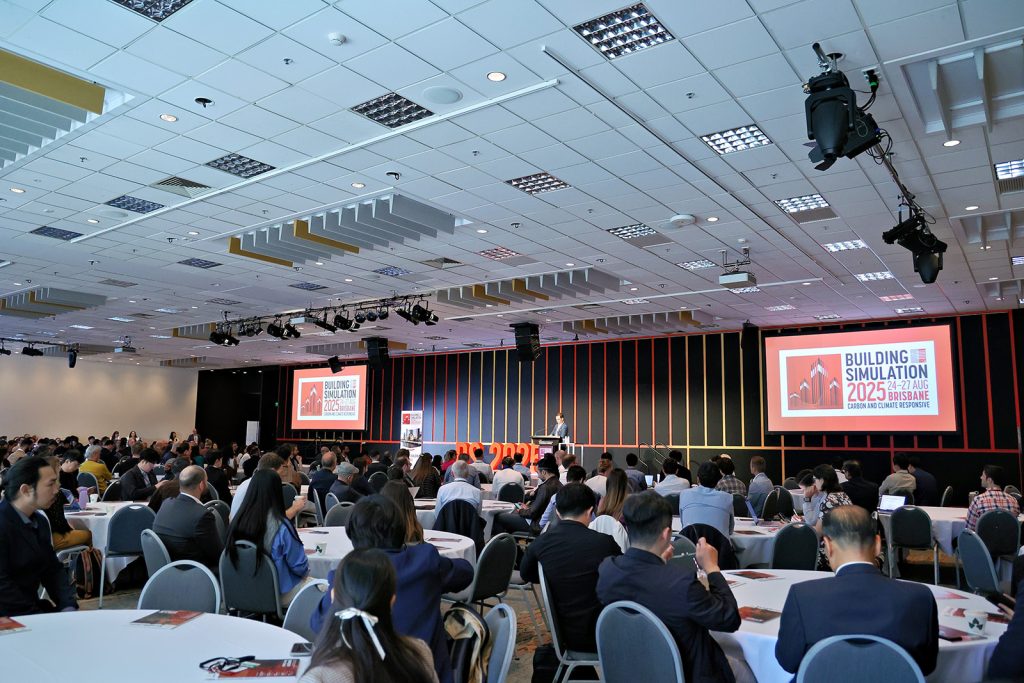
Future ready Capability and Inclusivity
The future of high-performance buildings depends on a pipeline of skilled, creative professionals. One of the clear takeaways from BS2025 was the value of student engagement and academia–industry collaboration in nurturing that talent pipeline. The launch of the IBPSA Women’s Network and the celebration of the student modelling awards emphasised the active engagement and inclusive culture within the Building Simulation community.
Using Bundanon Museum and Arts Centre as a real-life case study added an intriguing dimension to the student competition brief which created a genuine industry–academia bridge, with strong international participation. The brief encouraged entrants to balance daylight, comfort, energy and site context, and to explain choices in plain language. The standard of work and the diversity of approaches were encouraging, and the format is well suited to building capability and shared understanding of what good looks like.

What this means for clients and stakeholders
For commercial developers, ratings such as NABERS can be used to guide capital plans and disclosure. IEQ pilot schemes have highlighted the link between comfort and productivity in day-to-day operations.
Public asset owners and agencies benefit from standardised commissioning and metering packs so data and results are comparable across sites. A small IEQ pilot in two climate zones can build a useful evidence base for an operations playbook that suppliers can follow.
For Consultants and delivery teams the most valuable trends are those grounded in the latest science but tested on real projects. Clear narratives that connect goal, message and action are critical to successful collaboration and stakeholder alignment. Governance remains important as AI tools are adopted, so methods and data can be checked and trusted.